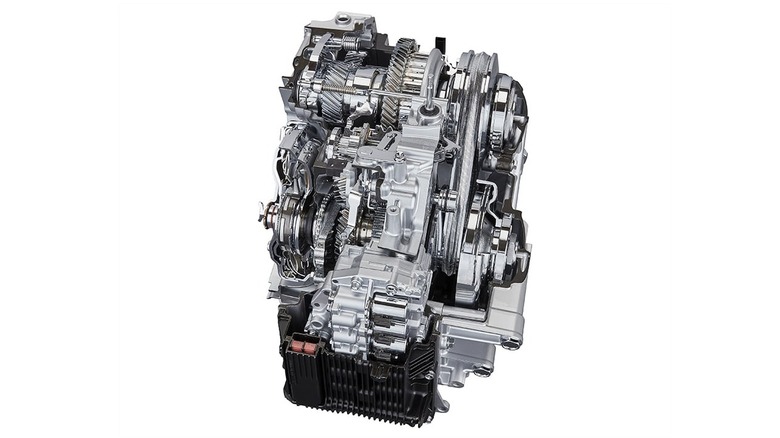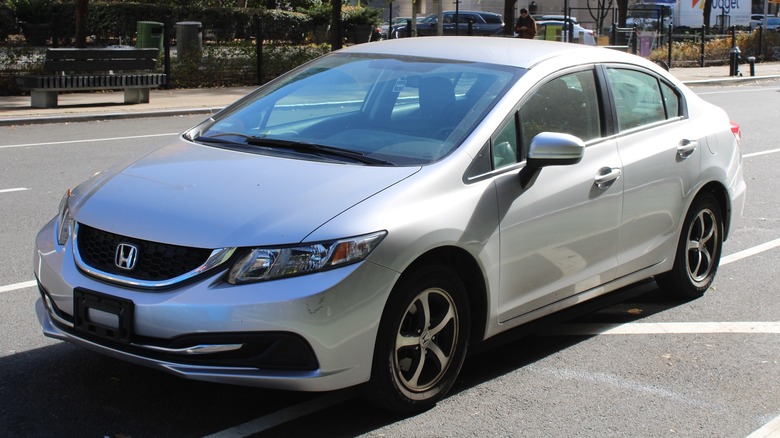When Did Honda Start Using CVT Transmissions (And Are They Reliable?)
Most people have heard of automatic and manual transmissions, but CVT transmissions, also known as continuously variable transmissions, aren't as widely understood. While automatic and manual transmissions have a set number of gear ratios that the transmissions select depending on speed and RPM, CVTs aren't limited to a fixed number of gears. Instead, they use what is essentially a pulley system, where a belt rides in a cone-shaped valley of two pulleys. One of the pulleys is connected to the engine and the other delivers power to the wheels. The conical valleys of the pulleys can increase and decrease in width, which changes the belt diameter and the gear ratio as a result. Since the valleys can change to any width, there are infinite gear ratios in which the transmission can operate.
Continuously variable transmissions have a few benefits over automatic and manual transmissions thanks to their design. They can always select the optimal gear ratio for a given engine speed while also improving fuel economy. They also eliminate the momentary loss of power that traditional gearboxes experience while shifting up and down. Finally, they also provide good uphill performance, as they don't have to search for the right gear to provide enough torque to keep the vehicle moving.
Honda recognized the benefits of the CVT and began using one in the 1995 Honda Civic HX. Since then, Honda has introduced CVTs to many popular models in its lineup. The Honda Accord first received a CVT with the introduction of its 9th generation in 2013. The CR-V followed suit two years later when it received a CVT in 2015. In the modern day, nearly every Honda model can be equipped with a continuously variable transmission although automatics are still available as well.
Are Honda CVTs reliable?
In 2018, I was getting sick of driving a 24-year-old Mercedes for a number of reasons, poor reliability and faulty air conditioning being the main two. I began searching for something a bit newer and eventually stumbled upon a late 2014 Honda Civic that I hoped would be my salvation, especially on the reliability front. The only problem was that it had a continuously variable transmission. I had heard about the reliability woes of CVTs from my neighbor who owned a CVT-equipped Nissan and had to have his transmission rebuilt after owning the car for less than a year. Despite the warning, the deal was too good to pass up and I ended up purchasing the CVT Civic.
Before I bought it, I read up on how to extend the life of the car's CVT transmission. I learned that the most important aspect of keeping a Honda CVT reliable was frequent and on-time transmission fluid changes every 25,000-30,000 miles with Honda-approved HCF-2 CVT fluid. Immediately after I got the car, I took it to my local dealership to have the fluid changed. While I was there, I asked the service advisor for other tips. He told me that heat buildup was another main cause of failure with the CVTs and that as long as I didn't launch the car hard from a stop and kept on top of maintenance the transmission should be good for a long time. I took those words to heart for the next four years and 80,000 miles that I owned the car. Other than replacing a radiator and keeping up with standard maintenance, I never had a single major issue with the car, including with the continuously variable transmission.

